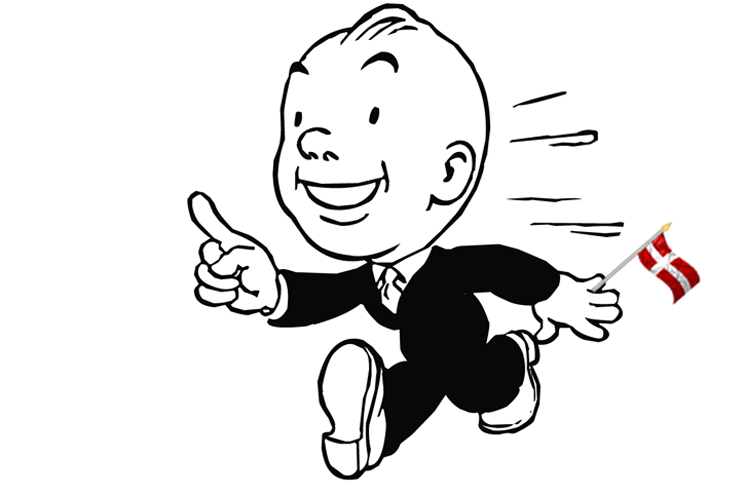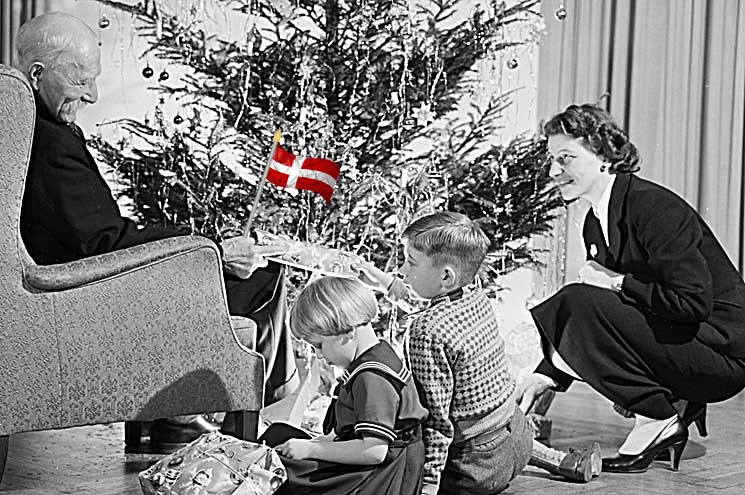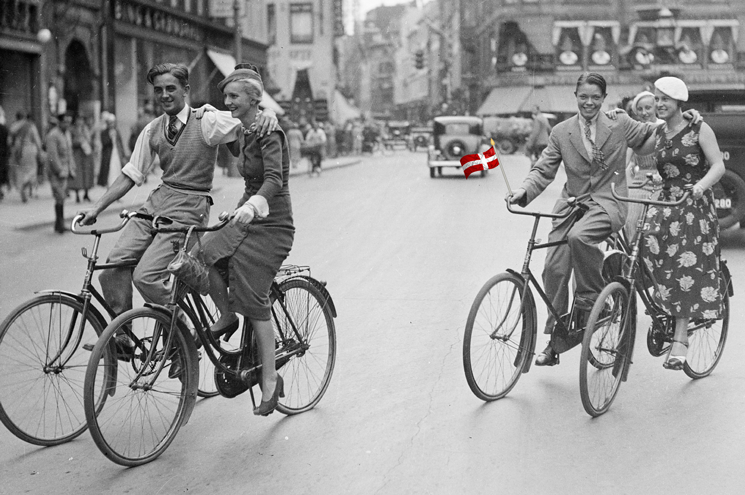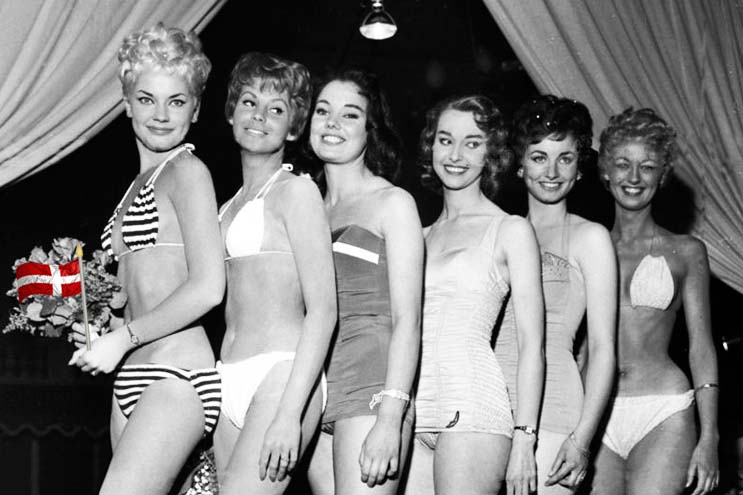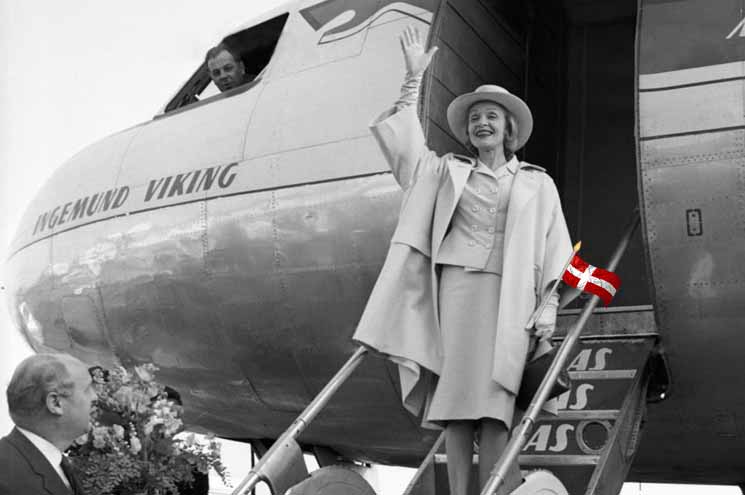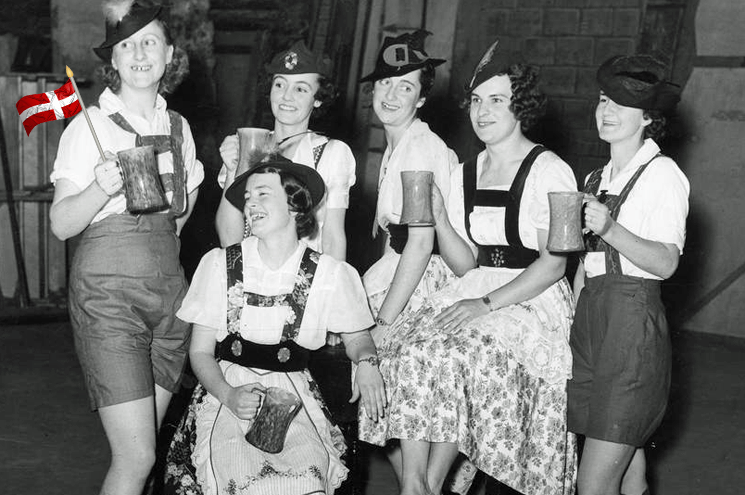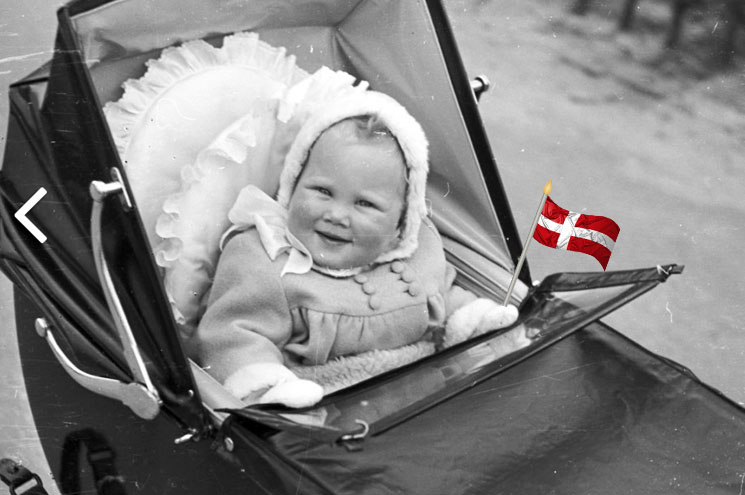The 12 days of Christmas is an old French Christmas song. But those 12 days have nothing on the Danes, who have more than two months of Christmas, and would probably have it last all the way to spring if they could get away with it.
Little cookies in shops
If you’re here in Denmark right now, you probably saw the Christmas wrapping paper hit the shelves at Netto a couple of weeks ago. That, and the first of the gingerbread Christmas cookies. You’ll notice that a lot of Danish shops put out little dishes of brown Christmas cookies that look like overgrown M&Ms. Pepper nuts, they’re called.
You’re invited to take one, they’re free and they are very tasty. That said, you might not be thinking about all the other little fingers that have touched those cookies. I recommend buying your own pepper nuts and enjoying them at home.
Christmas beer bikinis
Anyway, the official start of the holiday is this week, November 6, when Tuborg rolls out its annual Christmas beer. It’s released at precisely 20:59, and everybody hangs out in bars waiting for it, some specially dressed in blue Christmas beer hats, Christmas beer neckties, or even Christmas beer bikinis.
Christmas beer tastes a lot like regular beer, a little bit sweeter, and a lot stronger. This is why a man I once knew, who was a bit of a wolf, told me that Christmas beer day was the best day of the year to ‘score’ with married women. The beer is very strong.
Continue Reading



